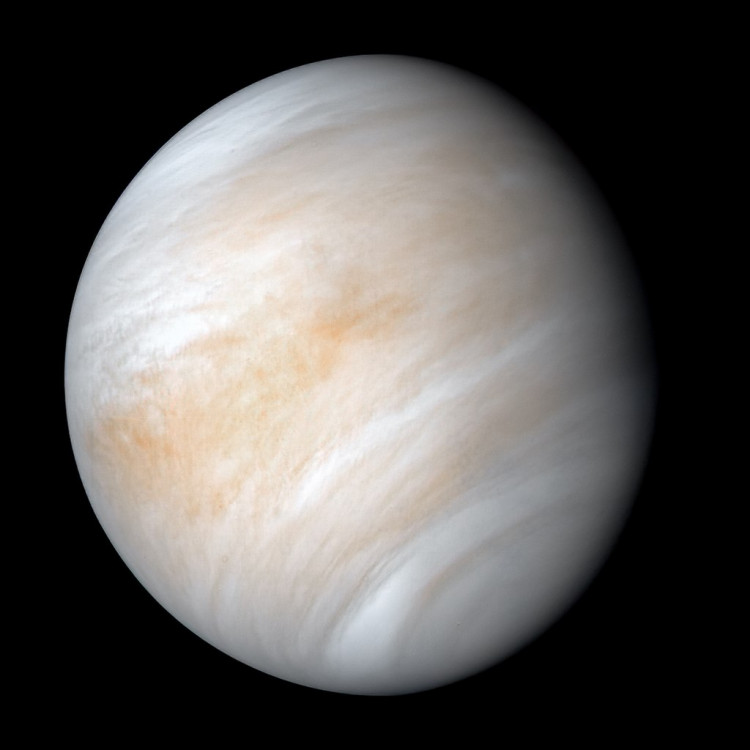Researchers believe that there could be ammonia-producing lifeforms in Venus's clouds that are "very unlike anything we've seen."
The colorless gas, a nitrogen-hydrogen combination, might be an indication of a series of chemical events that would make the planet more suitable for alien life.
Ammonia is a byproduct of aquatic creatures on our planet.
Venus is so hot that it is allegedly very improbable to harbor life forms, and if there is life in the clouds, it is most likely to be small microbes similar to Earth bacteria.
Experts from Cambridge University, MIT, and Cardiff University in a new study created a model of a set of chemical events to show that if there is indeed ammonia, it would set off a chain of chemical reactions in which the surrounding droplets of sulfuric acid will be neutralized.
Sara Seager, the principal author of the new study and an astrophysicist and planetary scientist at the Massachusetts Institute of Technology, was also involved in a 2020 study that initially postulated habitable conditions in Venus' clouds due to the claimed existence of phosphine.
"It was quite controversial, but it brought a lot of new attention to Venus," Seager told Inverse.
According to Seager, several team members sought to look into the possibility of habitable conditions in the Venusian clouds after the first discovery, irrespective of the phosphine observation.
Instead, the researchers built a chemical model of Venus' atmosphere, based on the theory that there is life in the atmosphere, which produces ammonia gas.
"This sets off a chain of reactions which helps to explain a lot of the observations from the past which haven't been explained before," Seager says.
The model's aim was to describe and made understood the presence of oxygen in the atmosphere of Venus, alongside a questionable pattern of sulfur dioxide and water vapor.
The findings point to the presence of ammonia in Venus' clouds, which is found in some of Earth's most severe conditions, including those that support life. Although the source of ammonia is unknown, scientists speculate that it could be created by biological processes, which would also explain the existence of oxygen in Venus' atmosphere.
Although the new research does not claim life on Venus, it is a crucial step toward unraveling the mysteries of Venus' atmosphere and determining whether the planet is habitable.
NASA said in April that the DAVINCI+ and VERITAS missions would be used to study the planet's atmosphere and geological history.
After decades away from Venus, this would be a welcome return. In the 1960s and 1970s, NASA dispatched several missions to Venus, the latest of which arrived in 1989 and was shut down in 1994.
Read the full paper in the Proceedings of the National Academy of Sciences.




